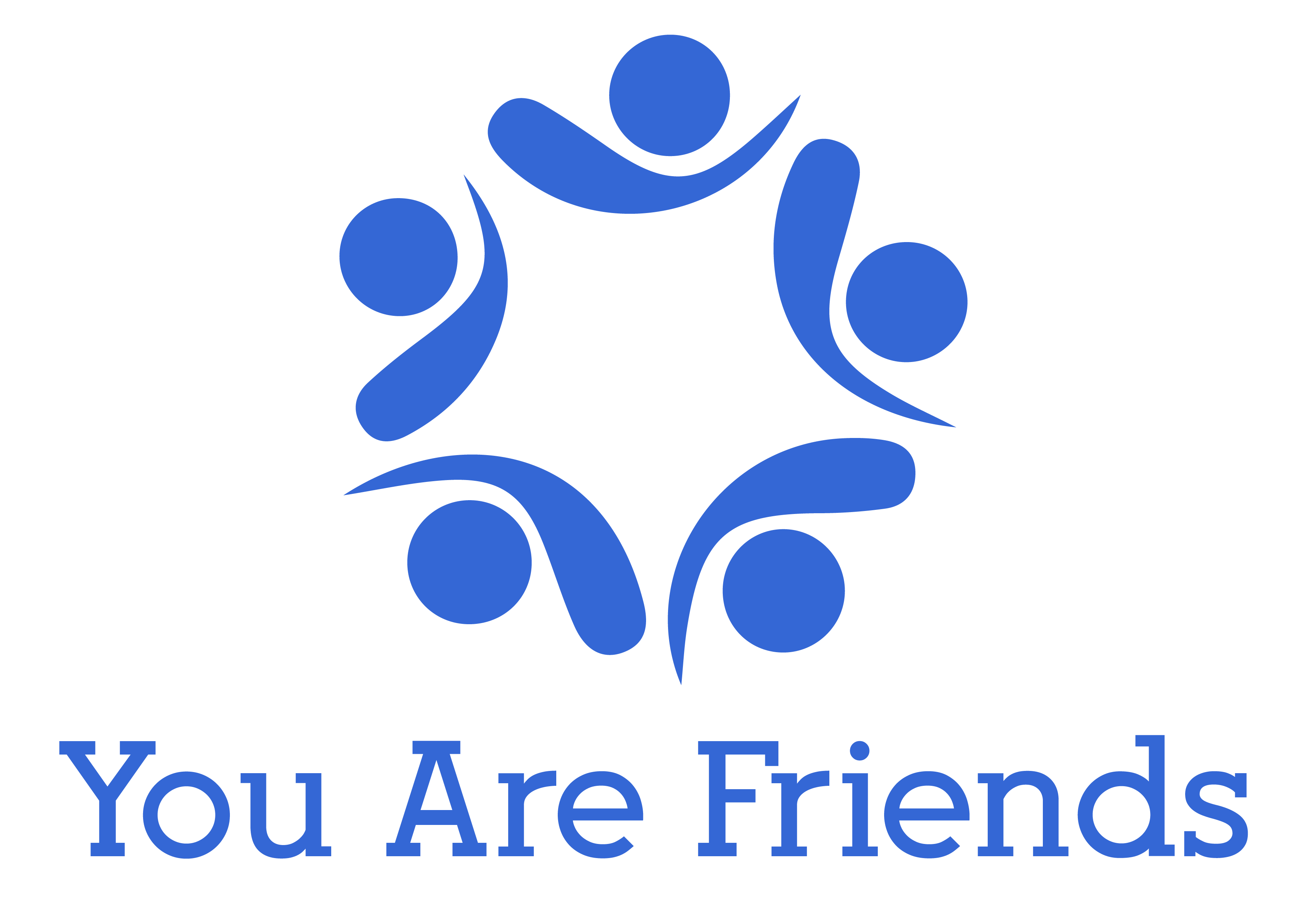In the ever-evolving digital landscape, the role of a website designer has never been more crucial. What makes a website not just visually appealing, but also highly effective in converting visitors into customers? The answer lies in understanding the psychology behind web design. Experienced designers recognize that successful web design is not just about how a website looks—it's about how it makes people feel and what it makes them do.
The Power of First Impressions
The adage "You don't get a second chance to make a first impression" rings especially true in web design. Research shows that users form a judgment about a website's credibility within the first 0.05 seconds of landing on a page—faster than the blink of an eye!
A successful website designer understands what people look for in those fleeting moments: clean design, professional imagery, and a sense of trustworthiness. Simplicity often trumps complexity. A cluttered design can overwhelm users, making them feel anxious and unsure about the site's legitimacy. Conversely, a clean, well-organized layout instills confidence and invites users to explore further.
The Role of Color in Web Design
Color stands as one of the most powerful tools in a website designer's arsenal. Different colors evoke different emotions and can influence user behavior in subtle yet significant ways. Blue is often associated with trust and reliability, which explains its popularity among financial institutions. Red, known for evoking urgency and excitement, is a popular choice for call-to-action buttons.
In one notable project, a website designer working with a startup chose a vibrant orange as the primary color to convey innovation and energy. The response was overwhelmingly positive—visitors felt energized and engaged, which translated into higher conversion rates.
The Impact of Typography
Typography, often overlooked, plays a huge role in how users perceive a website. The right font can make content more readable and enhance the overall user experience. Poor typography, on the other hand, can lead to frustration and discourage users from staying on a site.
A web designer often finds that sans-serif fonts like Arial and Helvetica work well for a clean, modern look. Serif fonts convey a sense of tradition and reliability, making them ideal for more established brands.
The Psychology of White Space
White space, or negative space, might seem like wasted area, but it's essential for creating a balanced and visually appealing design. It helps reduce clutter, making it easier for users to focus on the most important elements of a page.
In one memorable instance, a web designer worked with a client who initially insisted on filling every inch of the screen with content. The result was a confusing, overwhelming design that drove visitors away. After simplifying the design and incorporating more white space, conversion rates soared, and user feedback became overwhelmingly positive.
The Importance of User Experience (UX)
At the heart of every successful website is a strong focus on user experience. UX design is about creating intuitive, user-friendly interfaces that guide visitors towards a specific action—whether making a purchase, signing up for a newsletter, or exploring more content.
A key principle of UX design is ease of navigation. Users should find what they're looking for without needing a map. A clear menu structure, logical information architecture, and prominent calls-to-action are essential elements of good UX.
The Influence of Social Proof
People are social creatures who often look to others for guidance. Social proof—through testimonials, reviews, and case studies—can powerfully influence user behavior. When potential customers see positive experiences from others, they're more likely to trust a brand and take action.
In one project, a website designer convinced a hesitant client to include customer testimonials on their homepage. The impact was immediate—conversion rates increased by over 20% in just a few weeks.
Practical Tips for Mindful Web Design
For a website designer looking to create high-converting websites, several practical tips can make a significant difference:
-
Start with Empathy: Understand users' needs, desires, and pain points.
-
Keep It Simple: Less is often more. A clean, uncluttered design helps users focus.
-
Use Color Wisely: Choose colors that align with brand personality and desired emotional response.
-
Pay Attention to Typography: Ensure text is readable and fonts complement the design.
-
Incorporate White Space: Allow design elements to breathe and create user-friendly interfaces.
-
Focus on UX: Ensure easy navigation and intuitive information finding.
-
Leverage Social Proof: Build trust through testimonials, reviews, and case studies.
Conclusion
The psychology of web design is a fascinating and complex field, yet incredibly rewarding to master. By understanding the principles that drive user behavior, designers can create websites that not only look great but also convert visitors into customers.
The key to success is mindfulness—being aware of how design elements influence user emotions and actions. By incorporating psychological insights into their work, a website designer Singapore can create websites that truly resonate with their audience and drive meaningful results.
When embarking on a web design project, taking a moment to consider the psychology behind design choices can make all the difference.

